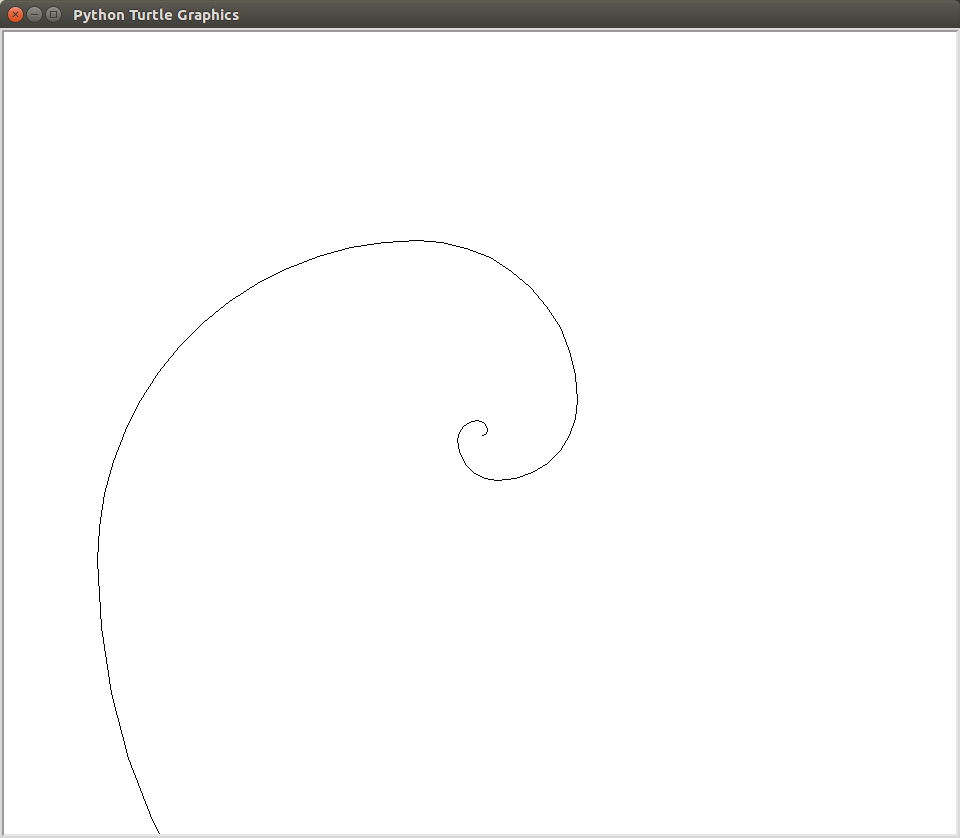Complete the first level of the Loop Game.
Challenge
Complete the second level of the Loop Game.
The Fibonacci sequence is a sequence of numbers that looks like:
$$1, 1, 2, 3, 5, 8, 13, 21, 34, 55, 89, 144, 233, 377, 610, 987, 1597, 2584, 4181, 6765, 10946, 17711, 28657, 46368, 75025, 121393, 196418, 317811, 514229, 832040, \ldots$$
Each number in the sequence, after the first two, is the sum of the previous two numbers in the sequence.
Details
In Emacs create a Python program in a file called fibonacci.py that prints the Fibonacci sequence. The program should prompt the user to enter the length of the series to print.
Your program does not need to worry about special cases where the user enters a number less than or equal to 0.
Example
$ python3 fibonacci.py enter the sequence length: 8 1 1 2 3 5 8 13 21
Hint
- Because the program should work for any length sequence, you will need a loop to compute each of the numbers in the sequence.
- What is different between this and other uses of an accumulator is that it needs the previous two iterations to compute the next iteration. To do this, keep two variables, one for the previous value and one for the one before the previous.
- Pay attention to how the program will work for small numbers. If the user enters 1, the loop should run 1 times and print 1. If the user enters 2, the loop should run 2 times.
Challenge
One quirk about fibonacci numbers is their relation to right triangles. Starting with the number 5, every second fibonacci number represents the hypotenuse of a 3-4-5 right triangle. Three numbers of this form are referred to as a pythagorean triple. Create a new program called triples.py, which is a modification of the above program that asks the user for some number n, and prints the first n pythagorean triples.
Last class, we saw how we could create a spiral by always moving forward by the same amount, and turning after each movement. This ended up with a spiral, which looked a little jagged (or really jagged). One way we can solve this problem is using circles in Turtle, and increasing the radius for each external circle.
Details
In Emacs create a Python program in a file
called spiral.py that draws a circular spiral. The
program should prompt the user the number of spirals to draw. You
should draw a series of half-circles (created using
pen.circle(radius, 180)). Each
time a half circle is drawn, you should double the radius the next
circle is drawn in.
Your program does not need to worry about special cases where the user enters a number less than or equal to 0.
Example
$ python3 spiral.py Enter number of spirals: 8

Hint
- Again, hard coding this shape will be impossible. You need to use a loop and the accumulator.
- You won't be adding in this version of the accumulator. We want to be doubling the radius after each iteration, so we should be multiplying.
Challenge
Using the fibonacci sequence as the amount that the circle radii increase will result in a very cool looking spiral, as seen below. Modify your code to use the fibonacci sequence.
Submission
Please show your source code and run your programs for the instructor or lab assistant. Only a programs that have perfect style and flawless functionality will be accepted as complete.